Asparagus Seeds is often grown from bare root stock crowns. The reason for this is that growing requires patience. Crowns take three growing seasons before they are ready to be harvested! Even so, this is significantly faster than if you try growing asparagus from seeds.
That said, yes, propagation is very possible and a little cheaper than buying crowns., or berries, turn bright red in autumn. Once the tops fall over, the tops can be collected and hung upside-down in a warm, dry area for about a week or so to ripen.
To catch the seeds once completely dried, keep a bowl beneath them or gently tie a brown paper bag around the tops when hanging. These seeds can then be used for planting asparagus. Likewise, you can purchase them from reputable suppliers.
Asparagus Seeds How Do You Grow
Asparagus (Asparagus officinalis) is a hardy perennial suited to USDA zones 2 to 8 and is native to western Europe. This perennial can remain viable for 10 to 20 years, so choose your garden site carefully. a soil pH of between 7.0 and 7.2 in fertile, well-draining soil.
Asparagus Seeds So how do you go about planting asparagus seeds? There’s no trick to growing , just be patient. It’s recommended that you start asparagus seeds indoors or in a greenhouse in mid-February to May under bright lighting. Soil temperatures for seed germination should be between 70 and 85 degrees F. (21-29 C.). Soak the seeds for a couple of hours, then plant each seed ½ inch (1 cm.) deep in sterile soil, in individual 2 inch (5 cm.) pots.
Asparagus Seeds They should sprout anywhere between two and eight weeks from planting. Seedlings are ready to transplant when they are 10 to 12 weeks old and all danger of frost in your area has passed. Space the transplants 18 inches (46 cm.) apart in rows set 3 to 6 inches (8-15 cm.) apart.
| Color | Green |
|---|---|
| Germination Level | Medium |
| Growth Pattern | Up right Straight |
| Hybrid or Open Pollinated | Open Pollinated |
| Ideal location | Full sun |
| Origin Country | India |
Be the first to review “Asparagus Seeds pack of 10 seeds” Cancel reply
You must be logged in to post a review.



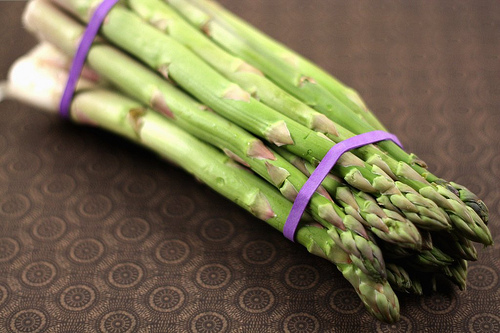
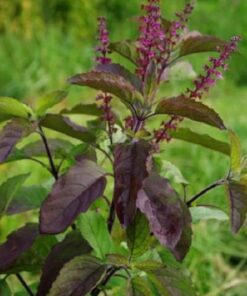

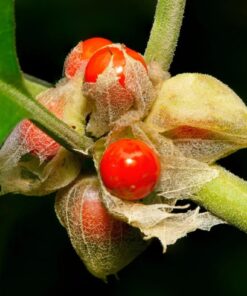
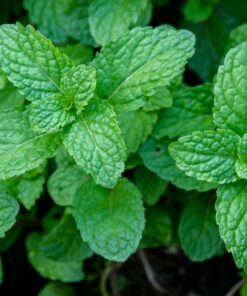
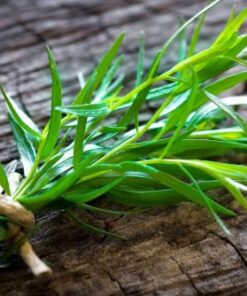
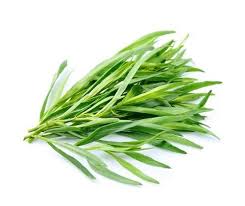
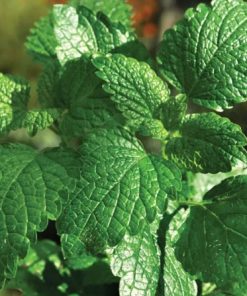
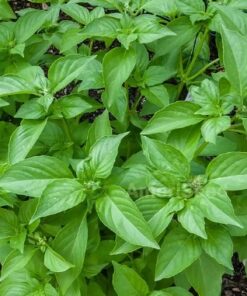
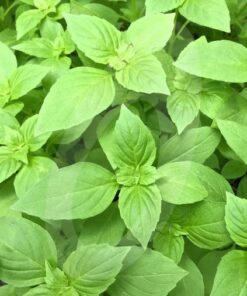

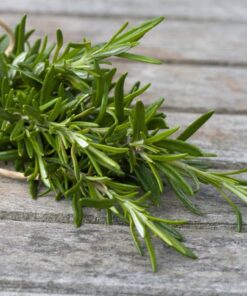
Reviews
There are no reviews yet.